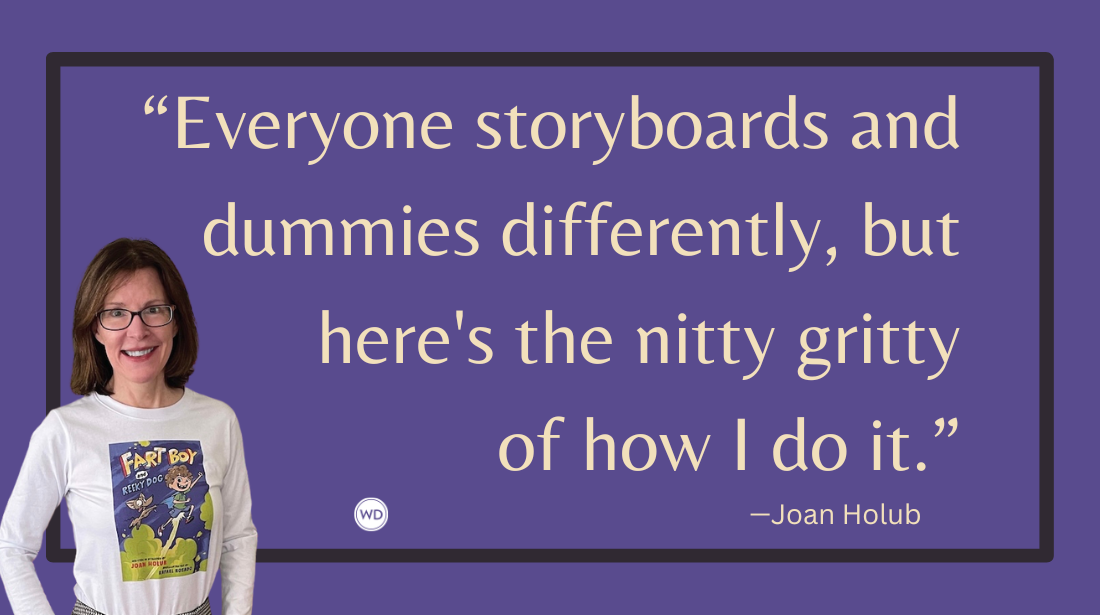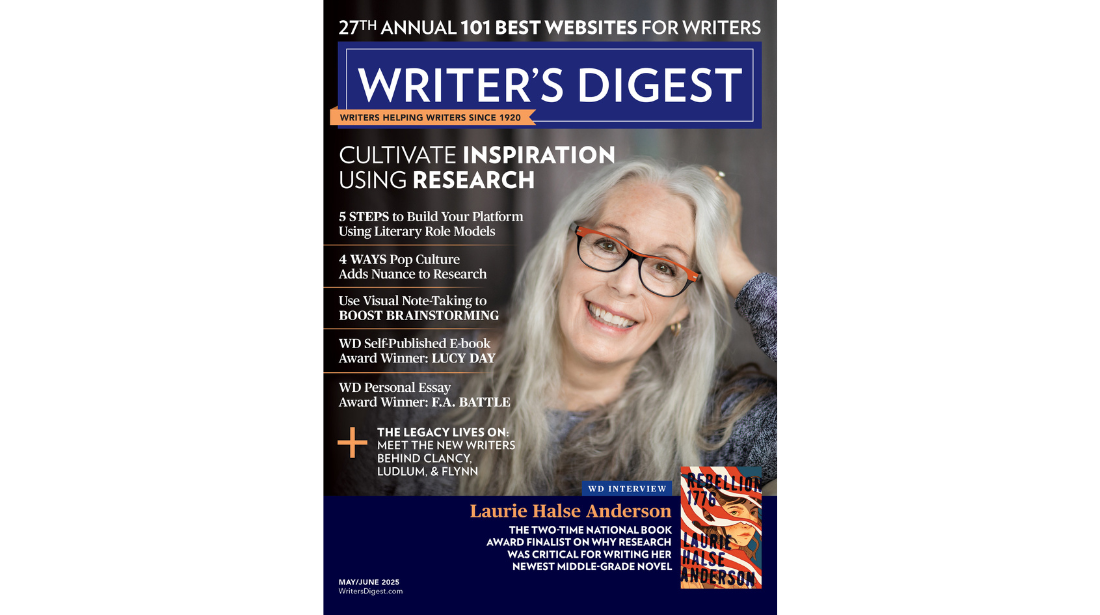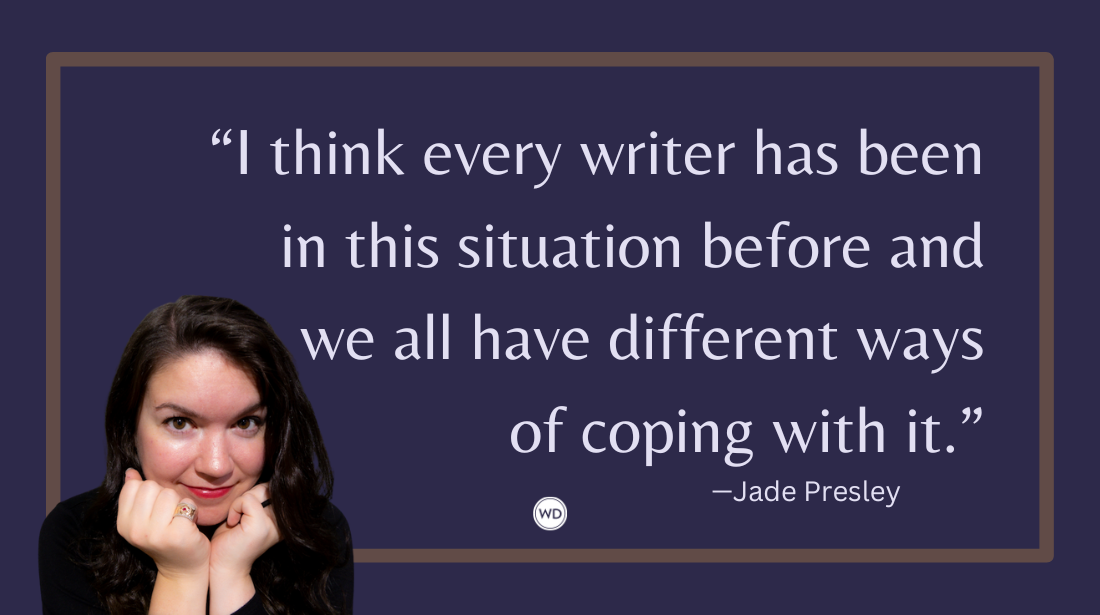Jenny Bayliss: On the Power of Second Chances
Author Jenny Bayliss discusses the process of writing her new romance novel, A Season for Second Chances.
Jenny Bayliss lives in a small seaside town in Kent, England, with her husband; their children having left home for big adventures. She went to university aged 39 to study part-time for a degree in Creative and Professional Writing, whilst she continued to work as a baker. She now writes for a living. She loves reading books, listening to books, and writing books. She likes long walks, baking days, and is obsessed with stationery.
Jenny doesn’t believe in saving things for best and shamelessly wears party dresses to the supermarket. She keeps a small wand in her handbag for luck and is rarely seen without her beloved Dr Martin boots; her husband always hoped they were a phase she’d eventually grow out of. You can find her on Twitter and Instagram.
In this post, Jenny discusses the process of writing her new romance novel, A Season for Second Chances, the importance of showcasing female characters over 40, and more!
Name: Jenny Bayliss
Literary agent: Hayley Steed at The Madeleine Milburn Literary Agency
Book title: A Season for Second Chances
Publisher: G.P. Putnam’s Sons
Release date: October 19 2021
Genre/category: Contemporary Romance
Previous titles: The Twelve Dates of Christmas
Elevator pitch for the book: When Annie Sharpe’s patience with her unfaithful husband finally runs out, she leaves him and her restaurant business behind. She finds herself—literally and metaphorically—in a small seaside village with big characters and discovers that life and love doesn’t stop after 40. On the contrary, it’s alive and kicking!
IndieBound | Bookshop | Amazon
[WD uses affiliate links.]
What prompted you to write this book?
Despite inroads being made, we still live in a society where women over 40 are often perceived as being “over the hill” and dismissed to a role of supporting actress in their own lives. This is of course ludicrous because women don’t stop being sexy and vital and interesting when they reach middle age. If anything, those attributes are enhanced, because with age comes a deeper self-confidence and sense of knowing exactly what we want (I speak as woman in her late 40s).
I wanted to write a story about a woman in her 40s starting over, one with grown-up children and business success, and all the wisdom and baggage that an older character would carry with them. And to show her journey as she discovers that she is still the leading lady in her own life, and that love, happiness, and fulfillment are there for the taking, even with laugh lines and slightly saggy boobs!
How long did it take to go from idea to publication? And did the idea change during the process?
I had the idea for A Season for Second Chances whilst I was still editing my debut novel, The Twelve Dates of Christmas. So I made a few notes and let it marinate until I had time to get to it. I would say from starting to write it to publication was about 18 months.
The basic idea—Annie striking out on her own in a seaside village and being conflicted by her past—remained a constant but the nuances of her relationships with the other characters, and the other characters themselves, shifted and changed as I got to know them better.
One character in particular had a much larger role in my original draft and affected the way the two main protagonists discovered each other. But my editor made me realize that her story was such a big tangent that it was in danger of making the whole manuscript feel unstable. So, I decided to pare back her role to tighten the overall story. Not everyone makes the cut.
Were there any surprises or learning moments in the publishing process for this title?
I am still very new to the publishing process, so I get surprised a lot!
Language is such a powerful tool and as we grow in our understanding of ourselves as humans and our history, we realize that some of the language we have been using every day for decades is inappropriate, and even potentially offensive.
One of my characters—an older lady—used two phrases which are considered harmless common language in the U.K.: “No can do” and “Long time, no see.” These were flagged by one of my editors as having originated from a mocking of the broken English of Chinese immigrants. Obviously, I had no idea and, of course, changed the phrasing immediately. But it just goes to show how easily insidious language hides itself in plain sight.
Were there any surprises in the writing process for this book?
I was so nervous whilst writing this book. It was my second novel and fraught with doubts like: Can I even write a second book? What if I’m a one hit wonder? What if people read this book and say, “Boy were we fooled, she totally can’t write!”
I think my panic translated into a massive over-write. By the time I was done I had written an epic; every character had a complete backstory from birth to present day. My poor editor received a first draft that could have given War and Peace a run for its money in terms of length!
In the end I had to cut 30,000 words before I even began to edit. And the lesson I learned? Don’t panic (or at least try not to!). Give each of my characters a complete backstory—after all that’s what makes for three-dimensional characters—but keep their biographies in a notebook for my own personal reference, don’t inflict them upon readers: Annie’s favorite Wonder Woman panties in 1982 have no bearing on her life in 2021!
What do you hope readers will get out of your book?
I would like readers to feel hopeful and uplifted by the themes in this book. I am a huge fan of all things cozy, and I’d love for readers to feel they can hunker down with this book and laugh some at the silly things in life and swoon with the romance!
Ultimately A Season for Second Chances is a book about, well, second chances! Whether it be for love or friendship or a completely new life. The future isn’t set in stone. The decisions we make as younger people don’t have to define us for the rest of our lives. Things change and sometimes they end. But luckily happiness isn’t rationed, the universe is abundant with joy, and it’s never too late to find it.
If you could share one piece of advice with other authors, what would it be?
Don’t give up! I got my first book published when I was 46, and I’d had a lot of rejections for different manuscripts I’d submitted in the 20 years previous. So much depends on presenting the right manuscript to the right person at just the right time; it’s like waiting for the planets to align and in order for that to happen. You have to swallow down those rejections and keep writing.
I even used to categorize mine into positive and negative rejections; if it was a generic response I would think okay, they didn’t like it, I’ll move on. But if it was a rejection saying, ‘I love this manuscript but it’s not right for my list. Good luck!’ I would count it as a win and use the positivity in that rejection to propel me forwards. Small wins count when you’re hoping for a chance.
Robert Lee Brewer is Senior Editor of Writer's Digest, which includes managing the content on WritersDigest.com and programming virtual conferences. He's the author of 40 Plot Twist Prompts for Writers: Writing Ideas for Bending Stories in New Directions, The Complete Guide of Poetic Forms: 100+ Poetic Form Definitions and Examples for Poets, Poem-a-Day: 365 Poetry Writing Prompts for a Year of Poeming, and more. Also, he's the editor of Writer's Market, Poet's Market, and Guide to Literary Agents. Follow him on Twitter @robertleebrewer.








